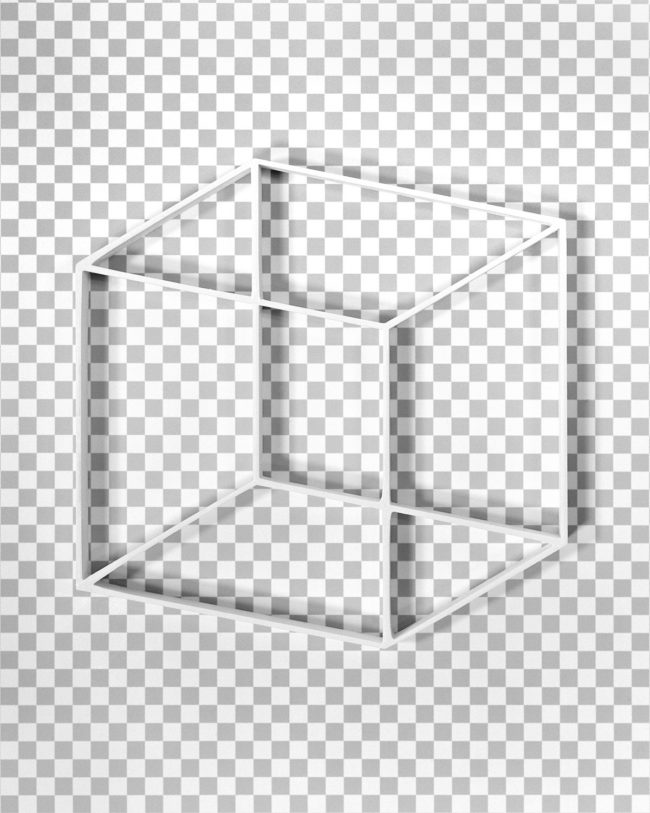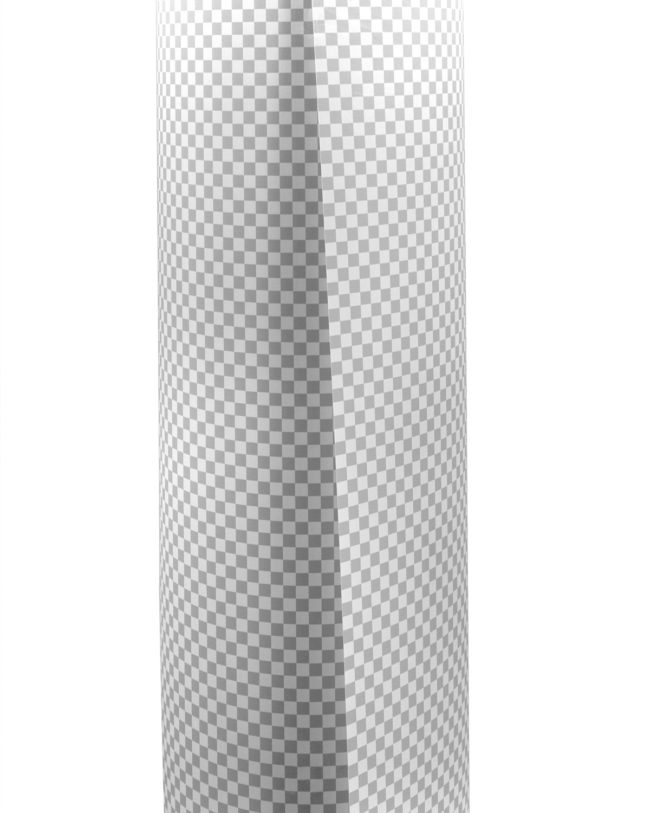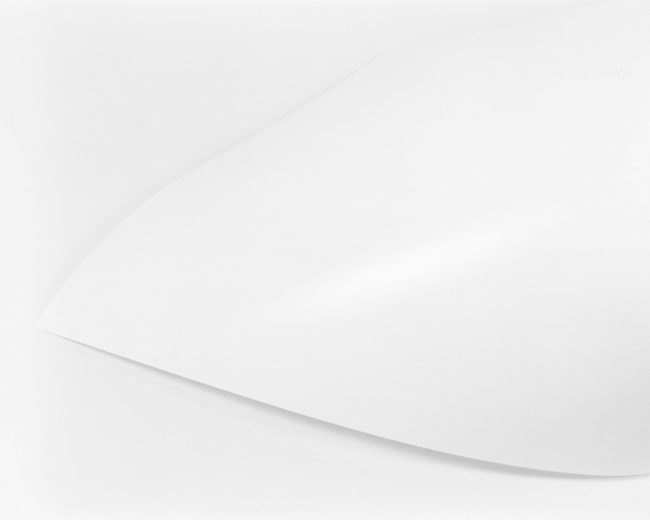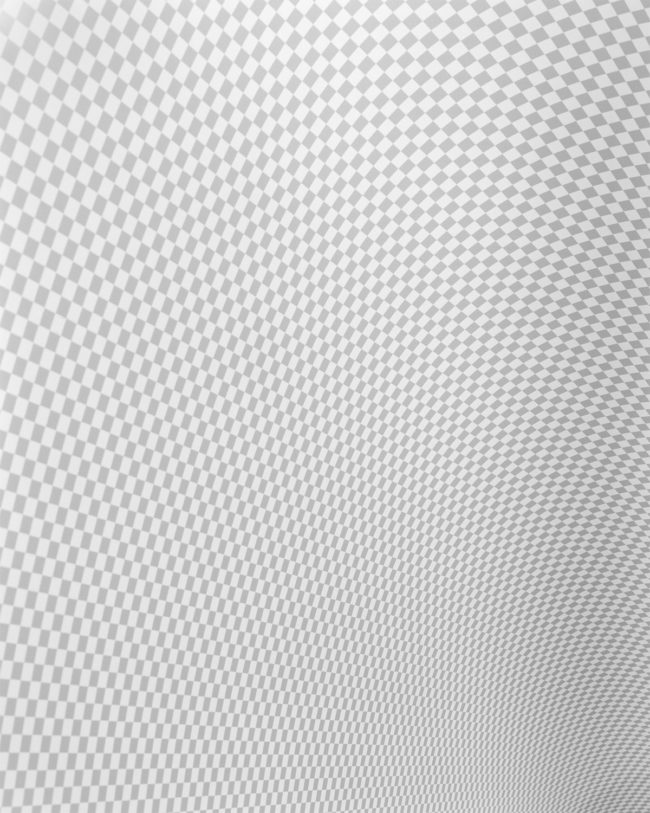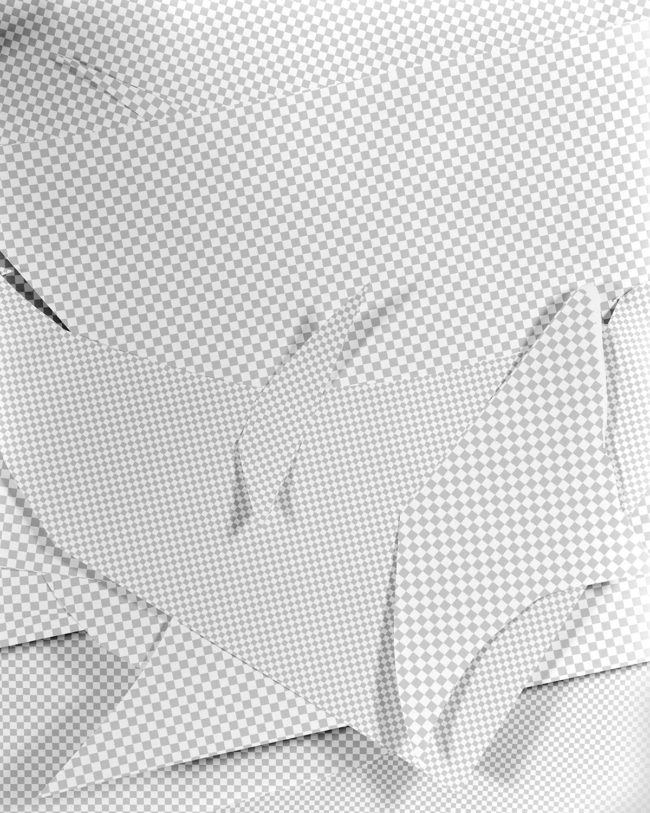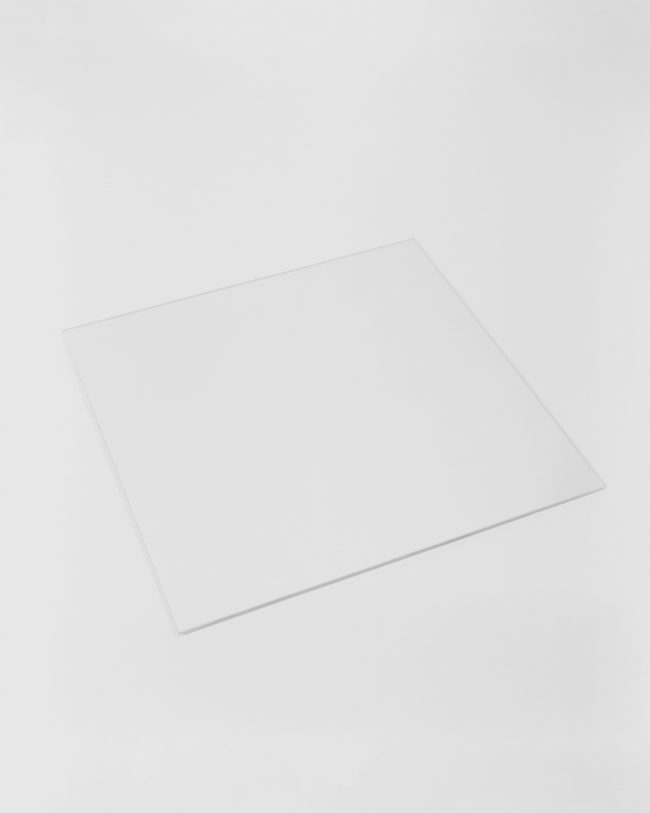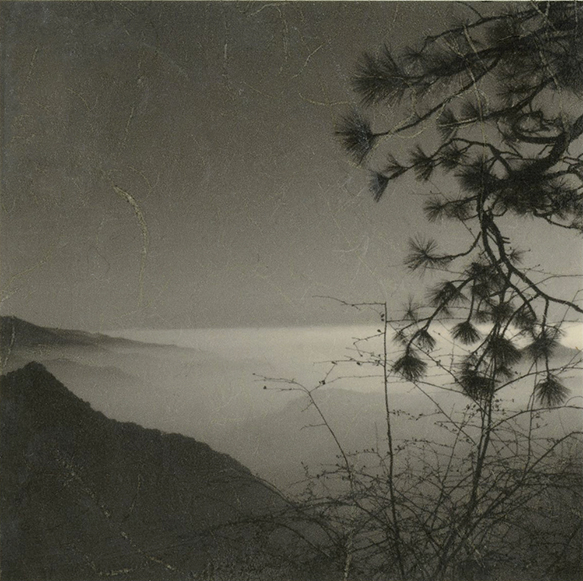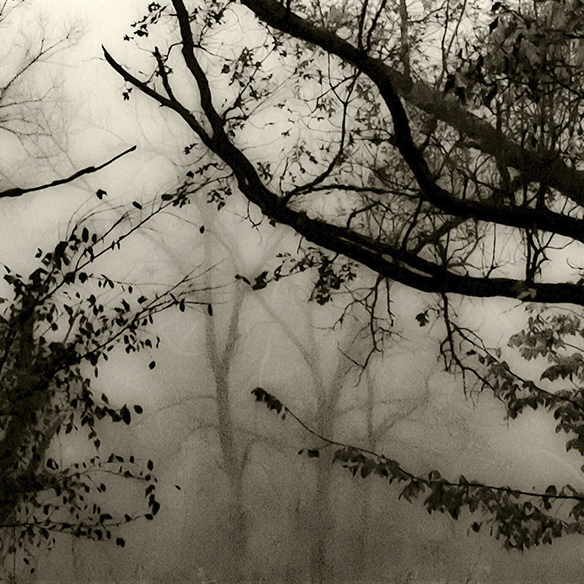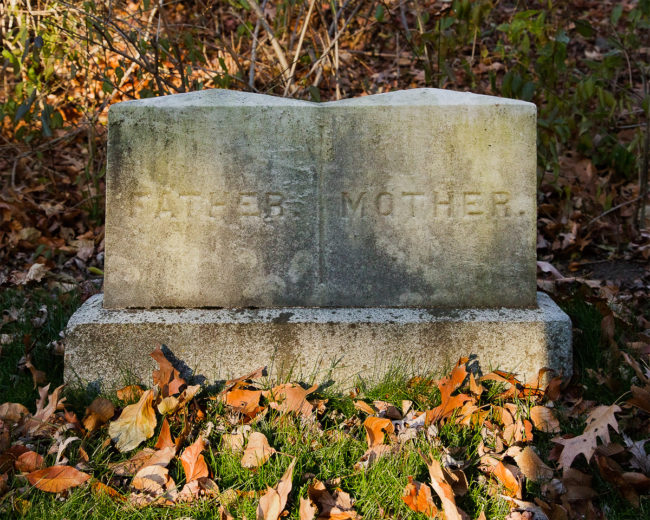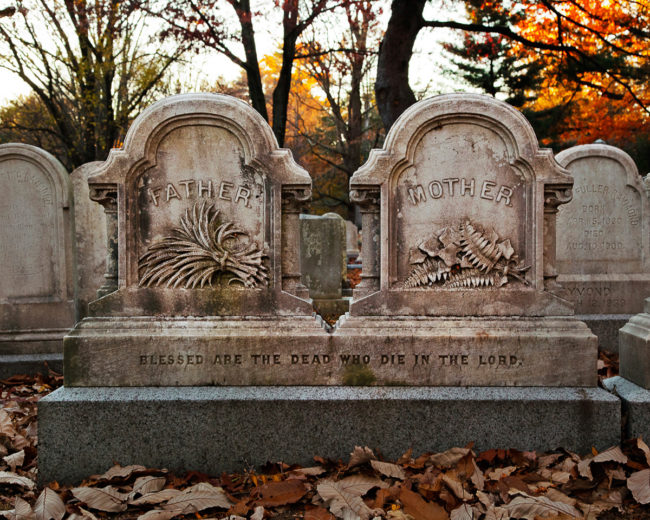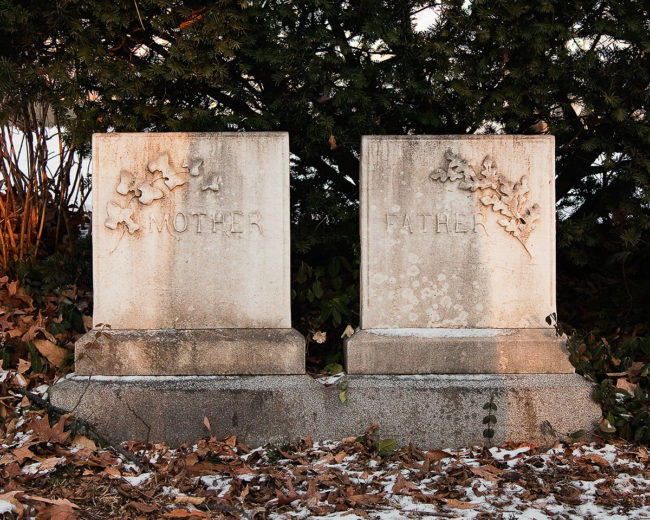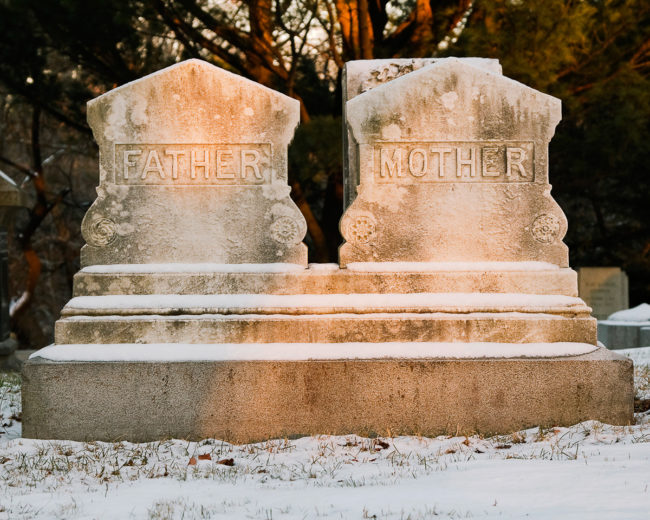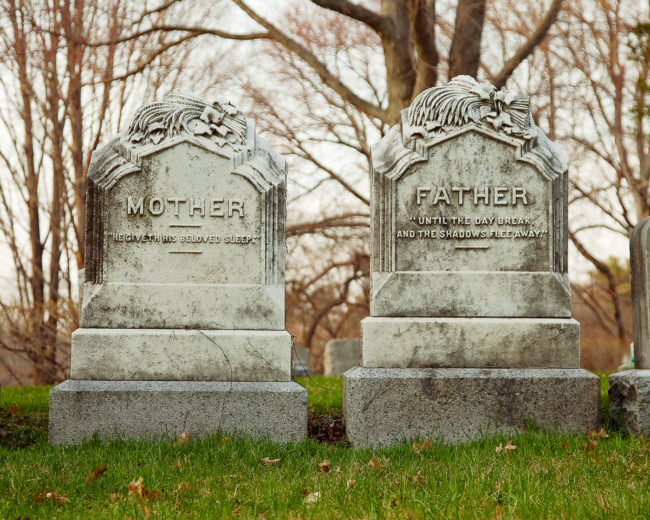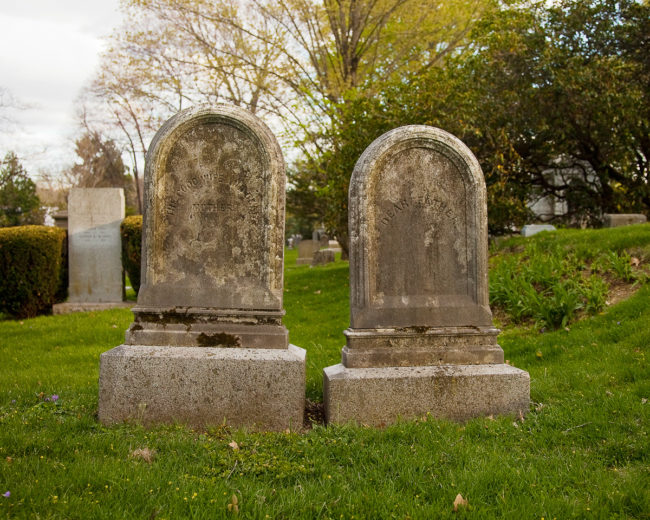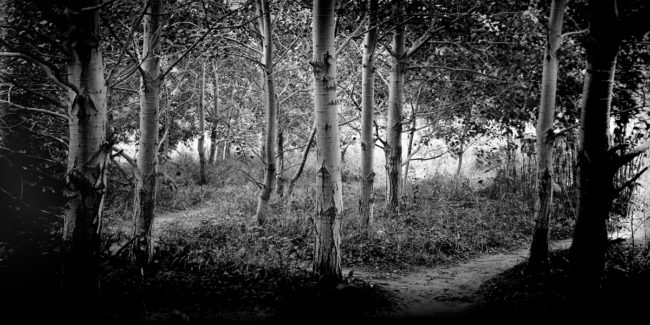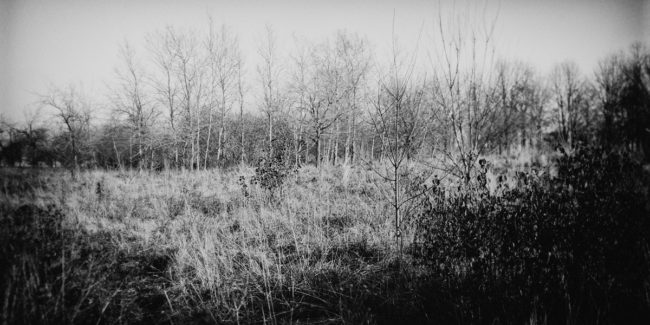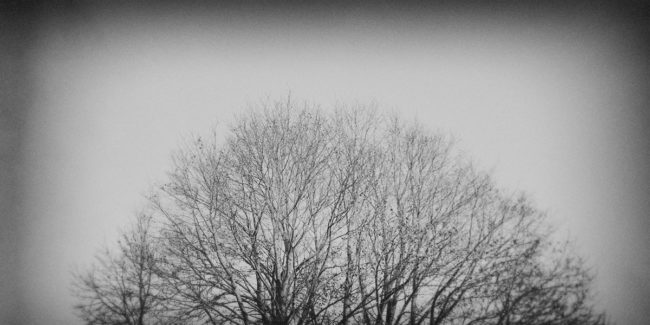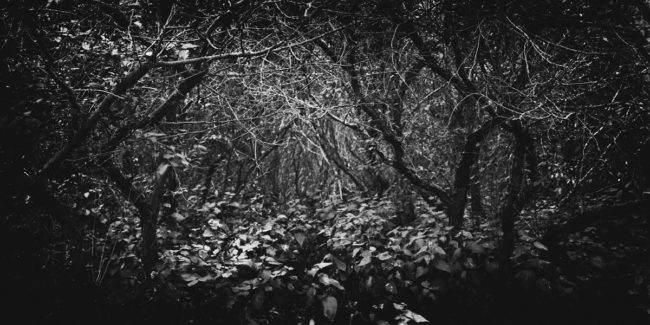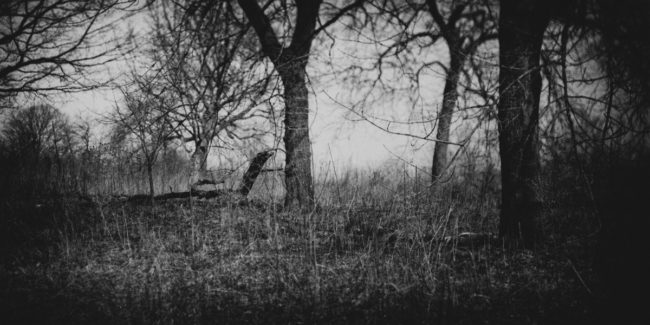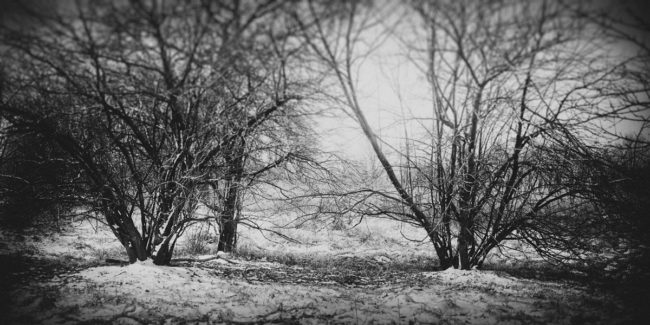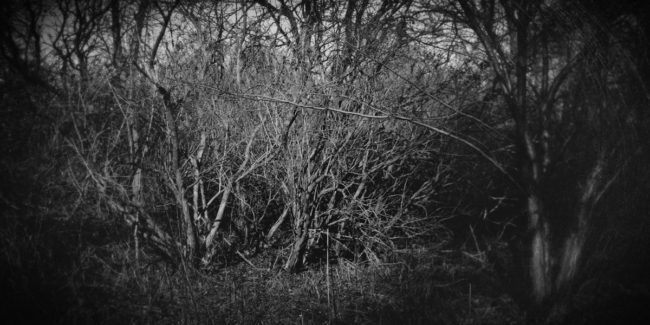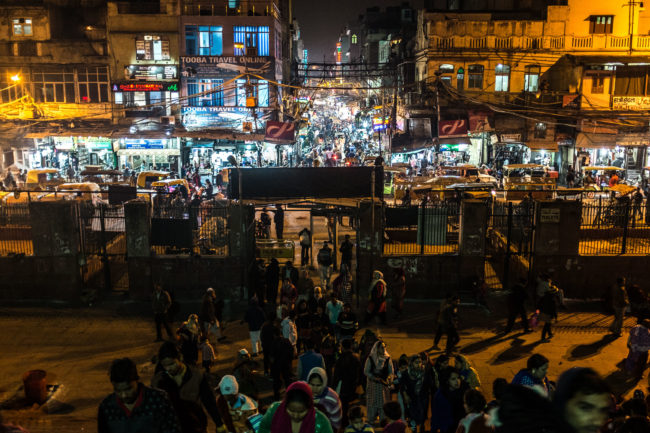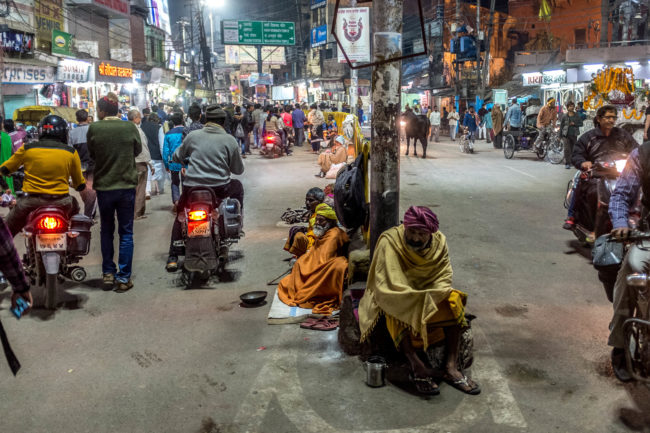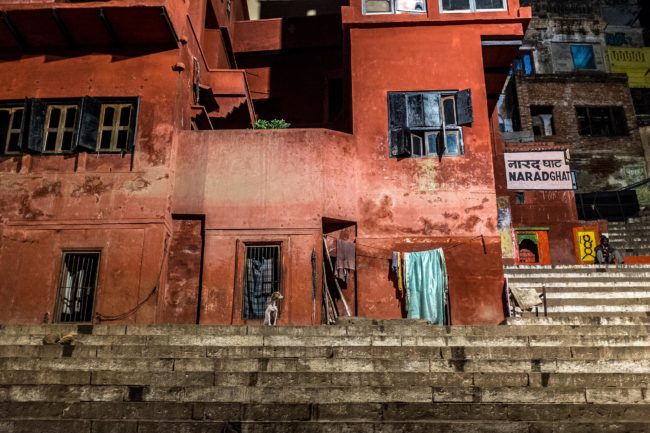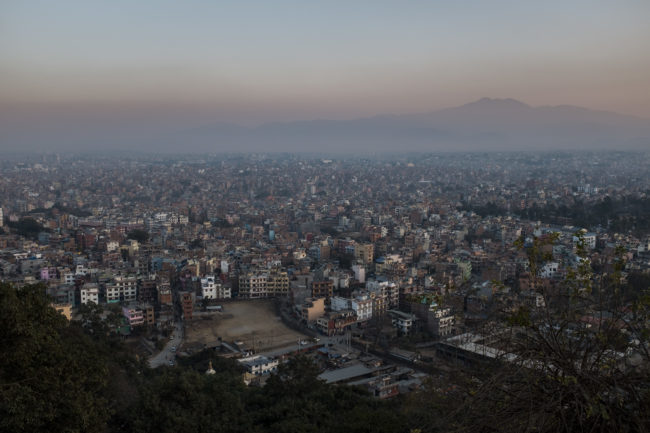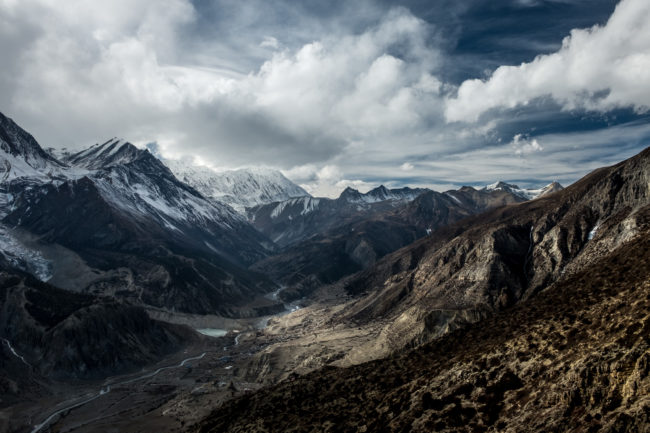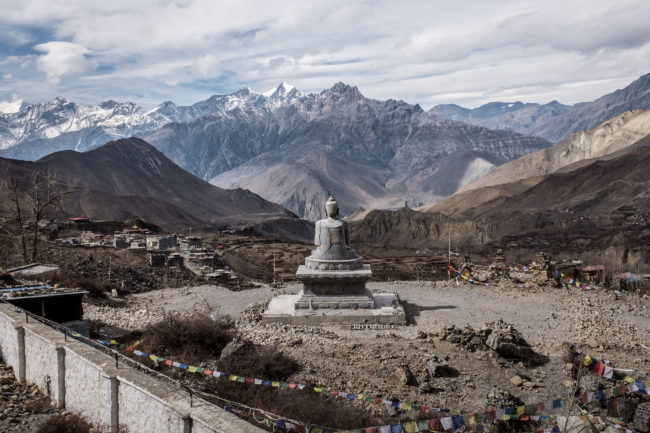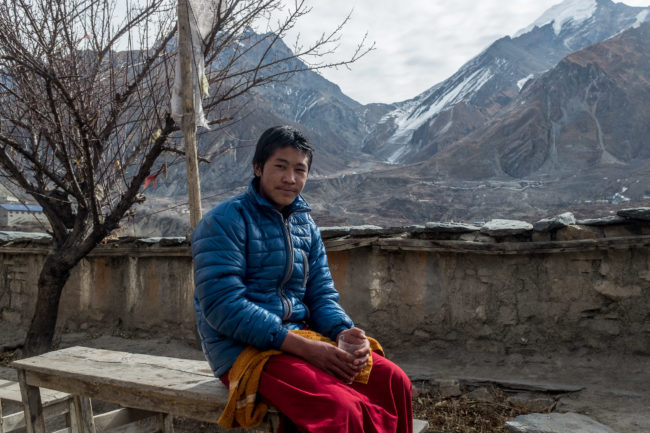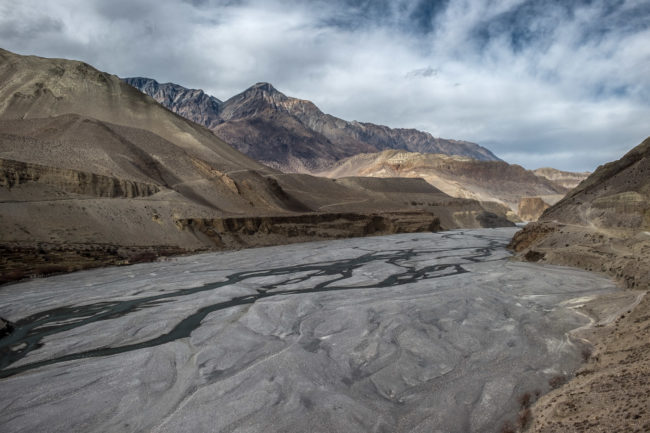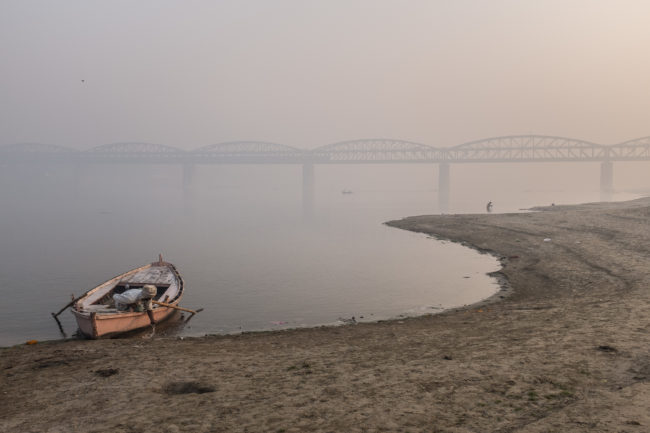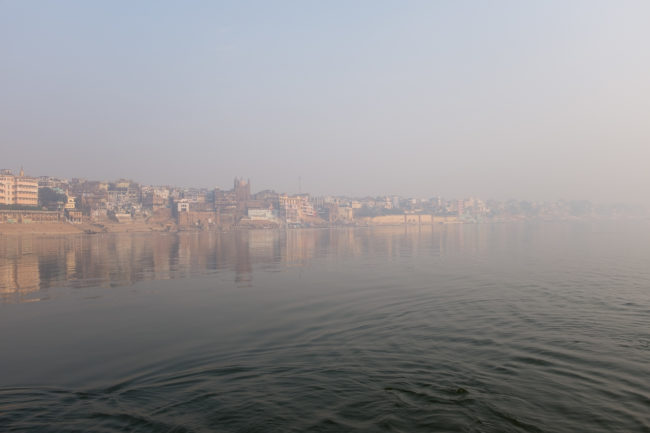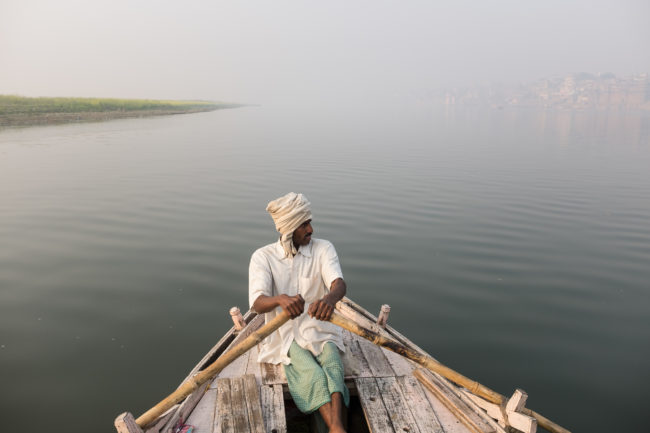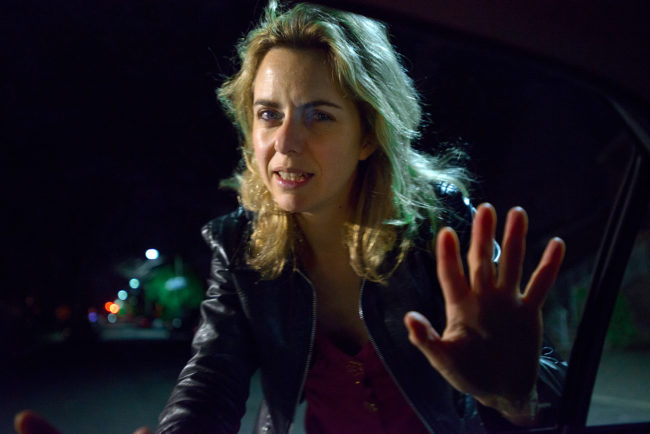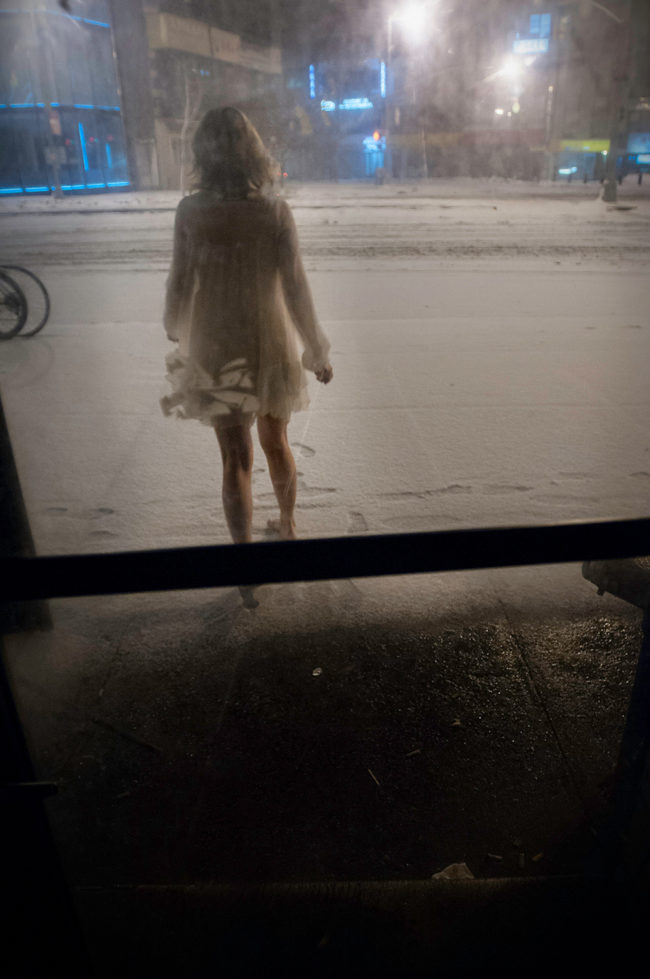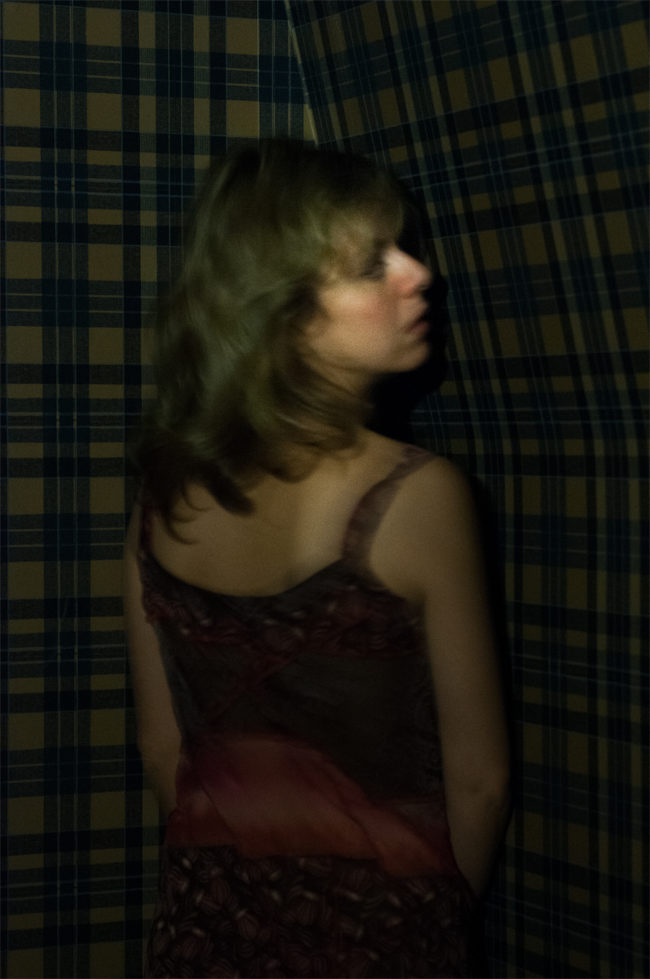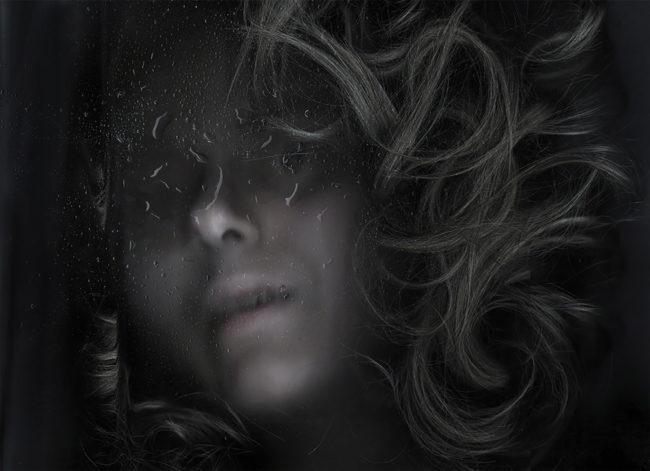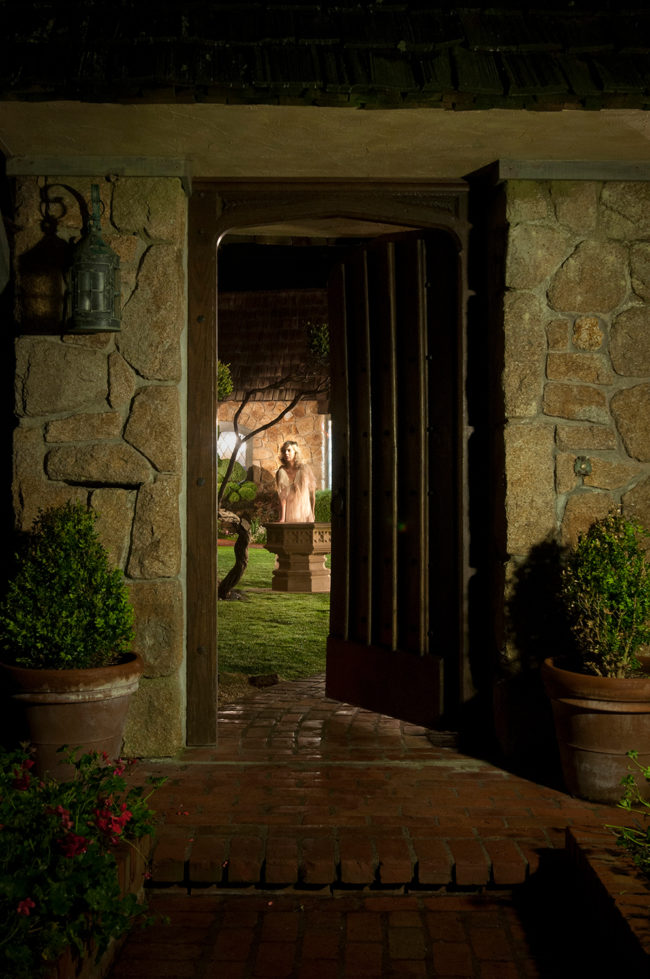I get lonely, sitting out here by myself in the middle of a pasture.
It’s very quiet.
Right now, as I look outside, heavy clouds are blocking half the mountain, as we’ve had atypical weather since I got back from Chicago.
Cold. Wet. Damp. Gray.
No thank you.
If I wanted to live in Portland, I’d move to Portland.
Even worse, when I left Chicago last week, it was in the mid 80’s each day.
Pure summer weather.
Now, I’m wearing my heavy hoodie everywhere, and sulking because I miss the sun.
Such problems.
Thankfully, they’re not the kind of troubles that require the President of the United States to pretend-foul-shoot paper towel rolls at my head.
Remember, no matter how glum you feel, things can likely get worse. And the man who’s supposed to save us, to inspire us, to console us, is seemingly as deranged as peak-nutter-Muammar Gaddafi.
Hell, when I was in Chicago, I couldn’t even look at his fancy building; the one I admired two years ago. Now, (other than giving it the middle finger on Instagram, like a gringo Ai Weiwei,) I found my Trump denial was pretty consistent.
Nobody wanted to talk about him. Except for a moment, on the subway back to the airport, as I was finishing up a half hour chat with a middle-aged African-American guy on his way to his first day on the job in a mail room somewhere.
We met on the platform, when he asked me if the train I was awaiting was right for him. I always like it, (secretly) when people take me for a local somewhere, so I told him what I knew, and that seemed enough.
We chatted easily, my new friend an I, and I told him about New Mexico, and he caught me up on Chicago. As we approached the end of the line, I told him about the time I filmed a movie in Donald Trump’s apartment on top of Trump Tower, back in 1996, and the walls were plated in gold.
Randomly, another guy, halfway down the subway car, chimed in, “‘The Devil’s Advocate,’ I loved that movie.” And before you know it, several of us, all strangers, were conversing, only minutes before we broke up forever.
(We didn’t bother trading names, much less business cards.)
Last week, I told you about Chicago in the abstract, but this stuff just keeps happening to me, whenever I visit. I attribute it to the local culture, which is of course true, but it might also have something to do with the fact that I’m lonely out here.
Working by myself.
Tapping away at the keyboard, like a white-collar jackhammer operator.
Tap tap tap.
Tap tap.
Spacebar.
Festivals like Filter are special because they allow us to confer with our own kind.
Our tribe.
It’s so powerful, in fact, that when I suggested one of my Antidote students attend Filter, (which she did,) she had a look on her face like she’d found her long-lost birth parents.
That feeling of belonging, of being understood, is powerful. It helps us all, as working in a creative field can be isolating, each of us in his or her own box.
Conversely, it also explains why this country has striated to the degree it has. In a world that is increasingly uncertain, and fraught, people take comfort sticking with their own. (Speaking which, do yourself a favor and read this brilliant Andrew Sullivan long-read on tribalism in American politics. It’s grim, but genius.)
When I’m reviewing at an event like Filter, I love feeling the rush of energy as the photographers all come in the room. The quiet gives way to a loud buzz in the span of one second.
Quiet.
Then roar.
And I get to sit there and look at people’s art, their personal secrets, and learn things about the world I wouldn’t otherwise know.
How great is that?
Over time, I’ve learned how to be critical without being harsh, so these days, all the conversations are positive, and I no longer make people cry. (Yes, it’s happened before, but not anymore.)
The next few weeks, I’m going to share the best work I saw at the 2017 Filter Photo Festival, so you can get as sense of what’s going on out there. As usual, the artists are in no particular order, and I’ll share details of our conversations as well.
I met Sara Silks towards the end of the event, which was fortuitous, as I’d already been to the Art Institute of Chicago, and could tell her about what I’d seen. As it happens, Sara and I are both inspired by Japanese art, and I gave her a suggestion about some Japanese galleries, deep in the bowels of the museum.
I’d only learned about them by happenstance, as I bumped into someone on the street in front of the museum, (a colleague I used to know in Santa Fe,) and as she works at the AIC, she gave me a tip on what the tourists never get to see.
In this case, I viewed some ridiculously gorgeous woodblock prints by Kawase Hasui, from the early 20th Century, that I was then able to recommend to Sara. Turns out, she makes Japanese-inspired, Zen-beautiful inkjet prints on special, Japanese paper.
They’re lovely, and the paper texture conflicts with the images, occasionally, in a way that evokes Wabi Sabi, the concept that roughly symbolizes the balance between perfection and imperfection. I’m sure you’ll appreciate the selection here.
Sarah Pollman made work that I noticed during the portfolio walk, but didn’t have time to check out. She’s based in New England, and suffered a tragedy she wasn’t comfortable talking about. Not surprisingly, she ended up making work that is based in cemeteries, as a way of processing grief.
Her first set, in color, focused on a garden cemetery designed in the suburbs of Boston by Frederick Law Olmstead. Each picture features an anonymous Mother and Father gravestone, like a weird Cotton-Mather-Ghost-story come to life.
Speaking of ghost stories, they’re the literal inspiration behind Bill Vaccaro’s excellent series “The Magic Hedge.” Bill’s a long time Chicago guy who makes Ziatypes, a style of alternative process printing that was invented by New Mexico’s Bostwick and Sullivan.
Though we can’t see it on the jpegs, each print had a patterned brush stroke on the outside of the image, where he painted on the emulsion with a Japanese brush, that was absolutely dynamite.
The pictures are of a spot near Lake Michigan that used to be a US military missile site. There’s an old story about the hedges being haunted, so Bill conjured just the right amount of creepy energy. Great stuff.
Ari Neiditz is trying to walk the line between travel and documentary photography. We discussed the way he could develop thematic series, as he’s interested in Asia, where these pictures originate. I suggested he try to tackle the entire continent, because how insanely ambitious would that be?
But in general, his best images had a cohesive color palette, and a sharp sense of observation.
Vera Miljkovic is Serbian, but moved to the US years ago. Her work stems from a more metaphorical vision, as she discussed her feelings of in-between, as she waited for a visa many years ago, and how she wanted to convey that uncertainty in her work.
One or two images were too derivative of Cindy Sherman, I thought, but most of the rest had a weird, kooky sensibility that I really appreciated. The worst images were kitschy in a way that referenced Eastern-European awkwardness without irony, so we discussed how she could push that further, intentionally, in the future.
Finally, for today, we have the duo of Paal Williams and Marissa Dembkowski. (Known as PWMD) I saw their work at the portfolio walk, and immediately fell in love. All the more so when they assured me the images were straight, unmanipulated photographs.
Turns out, the prints are real pictures of elements of photoshop, and digital reality, that they summon from the computer world into 3 dimensions. Rather than give away their technical secrets, I’ll ask that you view them as what they are: images of artifacts from the ghostly machine, rather than digital creations themselves.
